The 10 Top Open-Source Tools Of 2018 (So Far)

An Open Landscape
A revolution in open-source software has drastically shifted the IT landscape over the past few years.
Once the realm of hobbyists, most of the world's name-brand software companies and an ever-expanding number of innovative startups are now leading open-source contributors. Such vendors have recognized the wisdom in uniting to deliver powerful enterprise tools that fast-track adoption of cloud with greater interoperability, reduced costs, and accelerated development schedules.
The open-source world encompasses many licensing models for governing collaborative development and release of new technologies. Some of the most notable projects are still maintained by individual vendors—others fall under the auspices of foundations established to shepherd their development.
With companies like Microsoft, once a bastion of proprietary technology, having done about-faces toward supporting open source, it's clear these communities, and their solutions, will play integral roles in the enterprise in years to come.
(For more on the biggest news of 2018, check out "CRN's Tech Midyear In Review.").
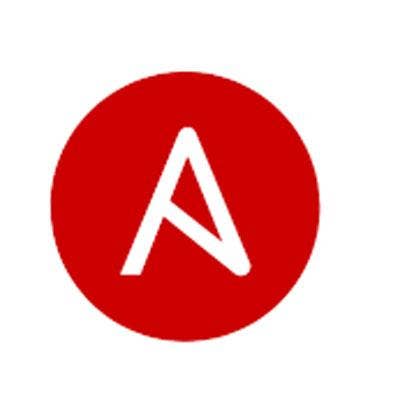
Ansible
When Red Hat acquired Ansible in 2015, it took control over a popular configuration management tool that's helping drive a shift to DevOps across the enterprise.
The open-source leader has progressed the technology since then. The latest version of Ansible offers a simple and agentless automation solution, with new capabilities for automating infrastructure across hybrid and multi-cloud environments.
Red Hat has also added simplified connections to network APIs and updated Ansible's capabilities in Windows environments.
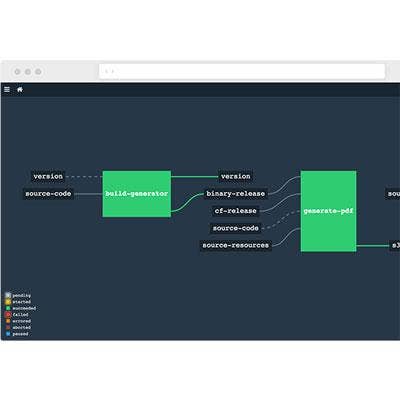
Concourse
Last year, Pivotal released a commercial version of the continuous integration/continuous delivery tool it developed for use with Cloud Foundry.
But the open-source version of Concourse is still a popular solution for automating software delivery and enhancing security for enterprise applications built on the popular Platform as a Service.
Concourse automatically updates and patches software, and tests code commits before and after deployment.
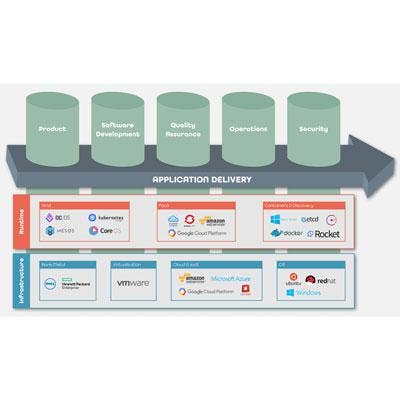
Habitat
Among the open-source solutions from Chef, Habitat is one relied on to automate configuration, deployment and management of applications independent of their hosting environments.
Large companies are using Habitat to deploy applications capable of rapid migration across on-premises infrastructure and clouds, as well as containers and Platform-as-a-Service solutions.
Habitat manages dependencies and integrates with popular container services.
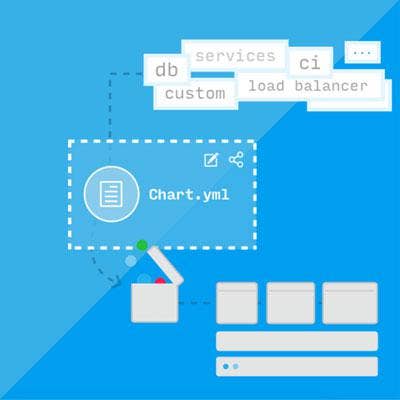
Helm
This project, recently accepted into the Cloud Native Computing Foundation, looks to ease management and accelerate deployment of applications on Kubernetes clusters.
Helm streamlines the process of defining, installing and upgrading applications that are scaled with the container orchestrator first developed at Google. The tool introduces a packaging format called charts, which are collections of files that describe related Kubernetes resources.
Microsoft, Google and Bitnami are some of the powerhouse contributors to the project.
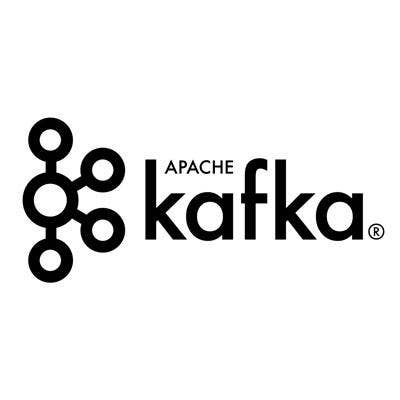
Kafka
Kafka is a distributed steam processing platform that's being leveraged by large organizations to build data pipelines.
The solution, which works much like a message queue, is used to build real-time data pipelines across systems and applications, or applications that react to streams of data.
Kafka can be run as a cluster on one or more servers that span multiple data centers. Kafka records, organized in categories called topics, consist of a key, a value and a time stamp.
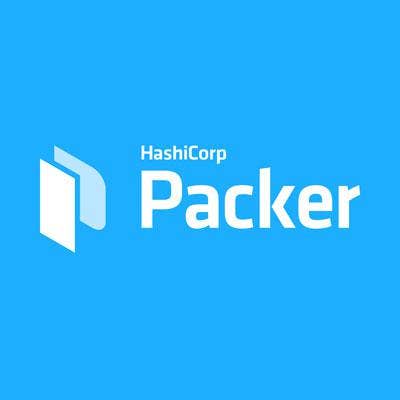
Packer
Packer is one of several HashiCorp tools that partners swear by to manage customer infrastructure.
Using a single configuration file, Packer automates creation of identical machine images for multiple platforms. The tool encourages use of other frameworks such as Chef and Puppet to install and configure software within Packer-created images.
With Packer, IT teams can launch completely configured and provisioned machines in seconds for development or production environments.
The images can be created across cloud platforms, with various stages of the application life cycle deployed in different on-premises and public cloud environments, delivering unique portability and interoperability.
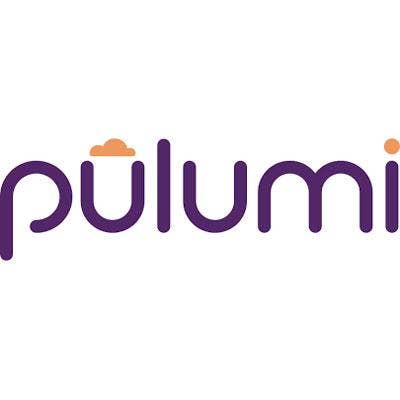
Pulumi
Pulumi enables DevOps teams to deploy code rapidly, and collaboratively, in the cloud.
The open-source solution offers an extensible platform with frameworks and libraries that define, deploy and manage cloud services.
Pulumi implements a consistent approach to building and managing cloud-native software, whether it's built with containers, serverless infrastructure, virtual machines or APIs.
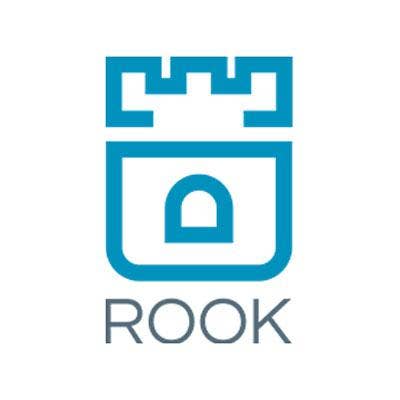
Rook
Rook delivers a cloud-native service for integrating Kubernetes-orchestrated applications with external storage systems. The technology expands the potential of containerization solutions by easing the challenges of connecting them to external storage resources.
One of several emerging Cloud Native Computing Foundation projects, Rook orchestrates other battle-tested open-source storage technologies, including Ceph, which runs some of the world's largest container clusters.
Rook can be used for file, block and object storage.
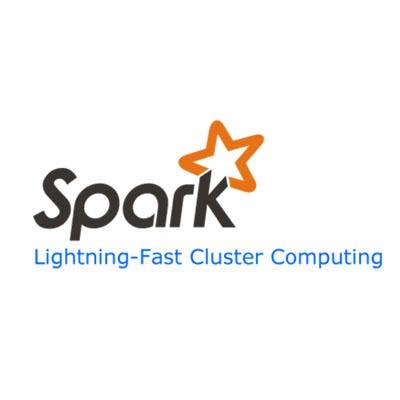
Spark
Spark's data processing technology has become a core component of many big data systems. The unified analytics engine is widely used by enterprises and ISPs at massive scale.
Spark's developers focused on performance optimizations, such as leveraging in-memory computing to set new benchmarks in processing large data sets. The solution also holds a record for large-scale sorting of data stored on disk.
Users can access Spark's capabilities for transforming and manipulating data through a set of APIs.